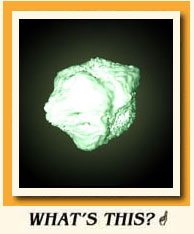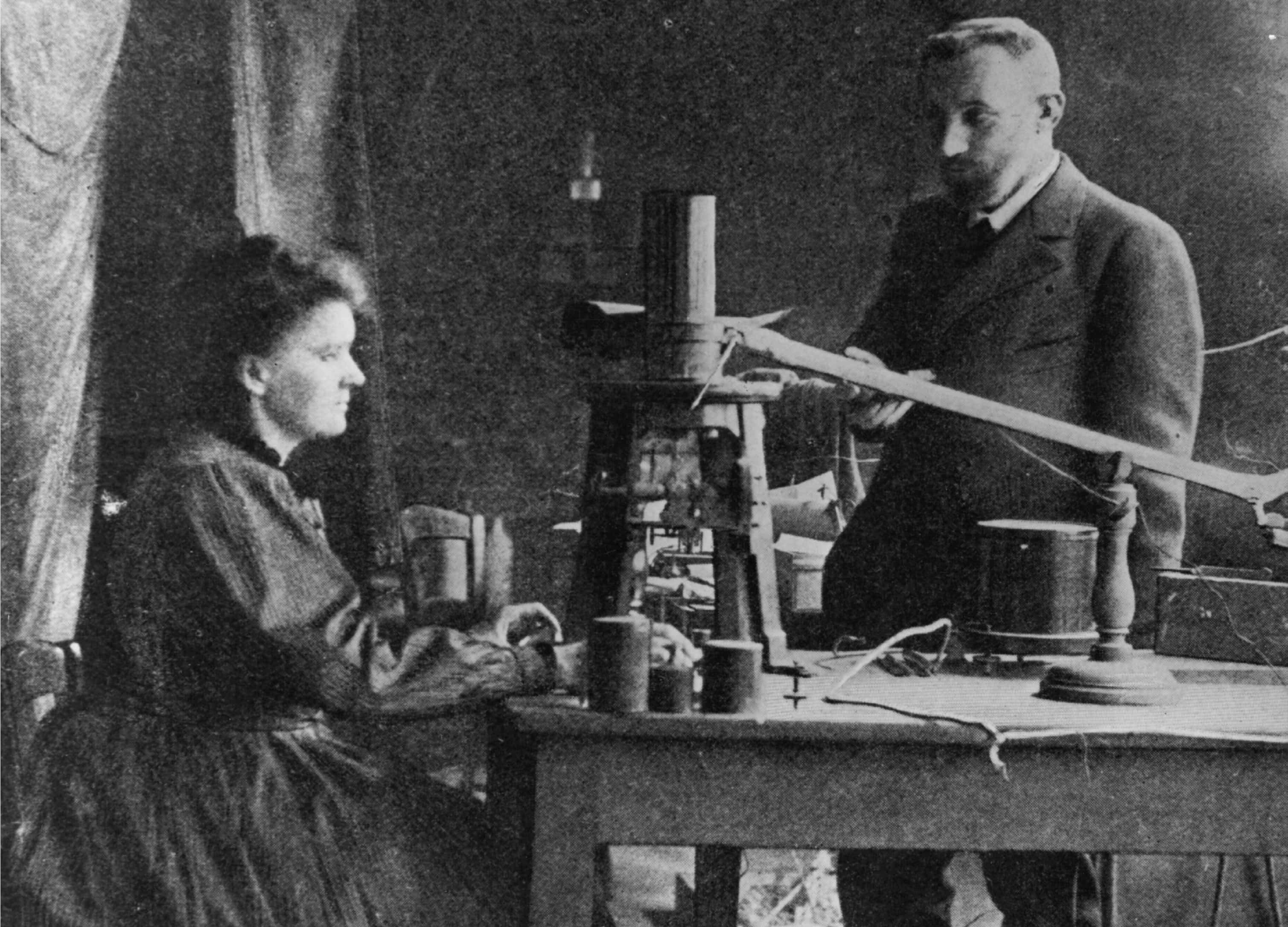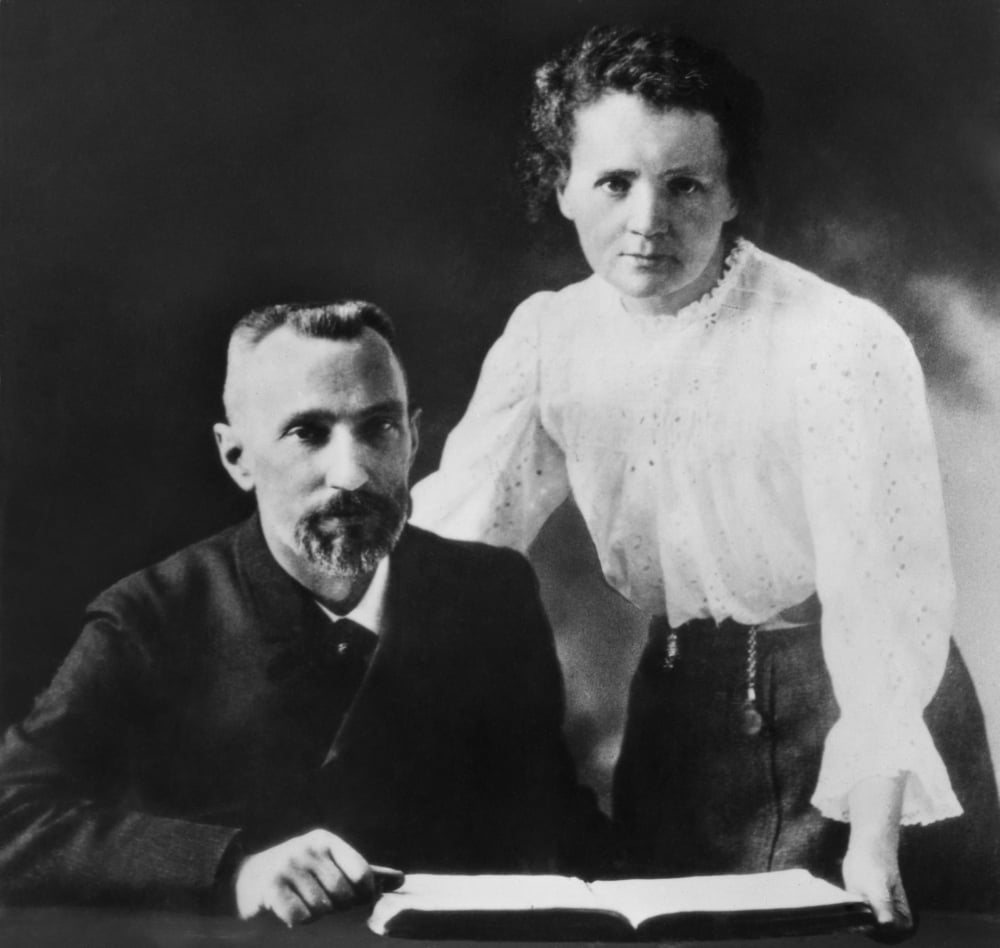


The newly married couple began working together as researchers in the School of Chemistry and Physics. It was around this time that Maria adopted the French spelling of her name, Marie. In 1878, he earned his Licenciateship in Physics and continued as a demonstrator in the physics laboratory until 1882 when he was placed in charge of all practical work in the Physics and Industrial Chemistry Schools. Pierre, received his early education at home before entering through the Faculty of Sciences at the Sorbonne. Pierre Curie was born in Paris, on the 15th of May, 1859.

In 1891, Maria moved to Paris, where she studied physics and mathematics at Sorbonne University, where in 1894, she met Pierre Curie. Whilst working for the Źorawski family, Maria fell in love with their son, Kazimierz, who would become a prominent mathematician, however, his family opposed the marriage and that was the end of their relationship. Whilst working as a governess, Maria’s thirst for knowledge saw her studying in her own time. With their father unable to offer financial assistance, Maria took a job as a governess to support Bronisławas studies, with understanding her sister would return the support when Maria attended. As a woman, Maria was unable to enroll in any institutions of higher education, and so along with her sister, Bronisława, became involved in the Flying University, a secret Polish patriotic institution of higher learning which allowed women to enter as students. Due to this she spent the following year living in the countryside with relatives, and the following year in Warsaw with her father, where she worked as a tutor. After this, Maria collapsed with what is thought to have been depression. When she was ten, Maria attended boarding school, before attending a gymnasium for girls, graduating with a gold medal in 1883. Bronisława was a devout Catholic and raised her children in her faith, however, after the death of her sister Zofia in 1875 and her mother in 1878, Maria declared herself agnostic.

When he was fired for his pro-Polish sentiments, he was forced to take lower paying jobs, this along with the money lost through their involvement in national uprisings aimed at restoring Poland’s independence meant the family faced some tough times.
#RADIUM MARIE CURIE AND PIERRE HOW TO#
When Russia removed laboratory instruction from Polish schools, Władysław,brought much of his equipment home and instructed his children on how to use it. In Susan Quinn’s fully dimensional portrait, we come at last to know this complicated, passionate, brilliant woman.Marie Sklodowska was born on November 7th 1867, in Warsaw, the youngest of five children born to Władysław Skłodowski, a well known maths and physics teacher, and his wife Bronisława, who ran a girls boarding school unti, Marie was born. From the stubborn sixteen-year-old studying science at night while working as a governess, to her romance and scientific partnership with Pierre Curie – an extraordinary marriage of equals- we fell her defeats as well as her successes: her rejection by the French Academy, her unbearable grief at Pierre’s untimely and gruesome death, and her retreat into a love affair with a married fellow scientist, causing a scandal which almost cost her the second Nobel Prize.
#RADIUM MARIE CURIE AND PIERRE FULL#
From family documents and a private journal only recently made available, Susan Quinn at last tells the full human story. Despite these achievements, or perhaps because of her fame, she has remained a saintly, unapproachable genius. In 1911 she won an unprecedented second Nobel Prize, this time in chemistry, for isolating new radioactive elements. “One hundred years ago, Marie Curie discovered radioactivity, for which she won the Nobel Prize in physics. Marie Curie, A Life, by Susan Quinn, Da Capo Press, 1995


 0 kommentar(er)
0 kommentar(er)
